Photography as Greenhaus knew it was disappearing with the advent of digital and computerized images. As a result, he was forced to explore other means of producing his work. As far back as the 1950’s, photography was starting to change. The companies that manufactured photographic materials removed the silver from film and paper products. They replaced it with plastic emulsions. Everything Greenhaus had done was based on a photography that had to do with film and silver emulsion photographic paper. All of these materials were steadily becoming unavailable. Greenhaus had to explore other means of expressing his vision.
Today, they have cameras that do not use film. All Greenhaus’ images are still made with black and white film and 50 year old, 35mm Nikons. In the 1970’s and 1980’s, Greenhaus started to make prints in other media – lithography, silk screen, etching and photogravure.
By the 1990’s, he had begun to explore the possibilities of the pigment print, and 19th century photographic processes such as platinum, palladium, gum and platinum gum prints. Greenhaus combined his vast experience in black and white gelatin silver printing with these assorted media and in so doing came up with new, exciting and powerful means of producing his images. He created new ways of using these processes in order to put his vision on paper.
The Twin Towers . An Elegy. 1972 – 2001, Picture This Publications + Kennedy Boesky Photographs 2002
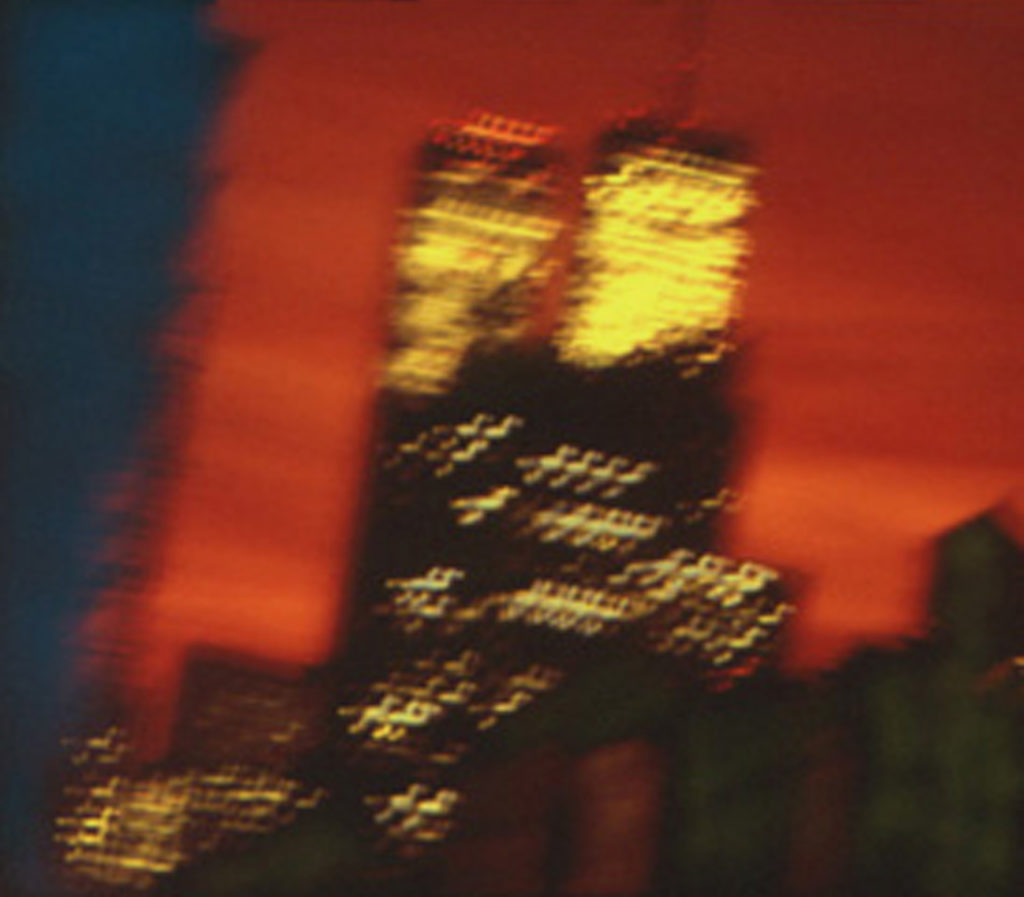
This photographic essay was taken on the set of Robert Altman’s movie, “Kansas City.” These images are of jazz musicians and patrons in a juke joint. And, because of the way Greenhaus photographed and printed them, they look as if they had been made in the era of the 1930’s.
Robert Altman’s feature “Kansas City”, Still photographer, April – June 1995
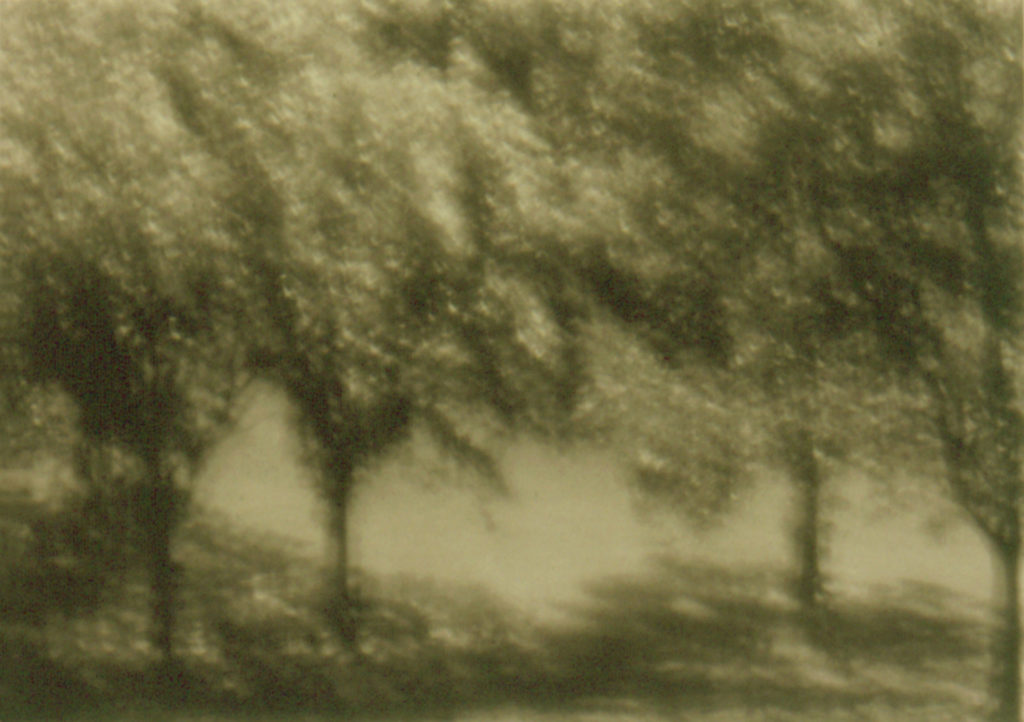
Photography as Greenhaus knew it was disappearing with the advent of digital and computerized images. As a result, he was forced to explore other means of producing his work. As far back as the |950’s, photography was starting to change. The companies that manufactured photographic materials removed the silver from film and paper products. They replaced it with plastic emulsions. Everything Greenhaus had done was based on a photography that had to do with film and silver emulsion photographic paper. All of these materials were steadily becoming unavailable. Greenhaus had to explore other means of expressing his vision.
Today, they have cameras that do not use film. All Greenhaus’ images are still made with black and white film and 50 year old, 35mm Nikons. In the 1970’s and 1980’s, Greenhaus started to make prints in other media – lithography, silk screen, etching and photogravure.
By the 1990’s, he had begun to explore the possibilities of the pigment print, and 19th century photographic processes such as platinum, palladium, gum and platinum gum prints. Greenhaus combined his vast experience in black and white gelatin silver printing with these assorted media and in so doing came up with new, exciting and powerful means of producing his images. He created new ways of using these processes in order to put his vision on paper.
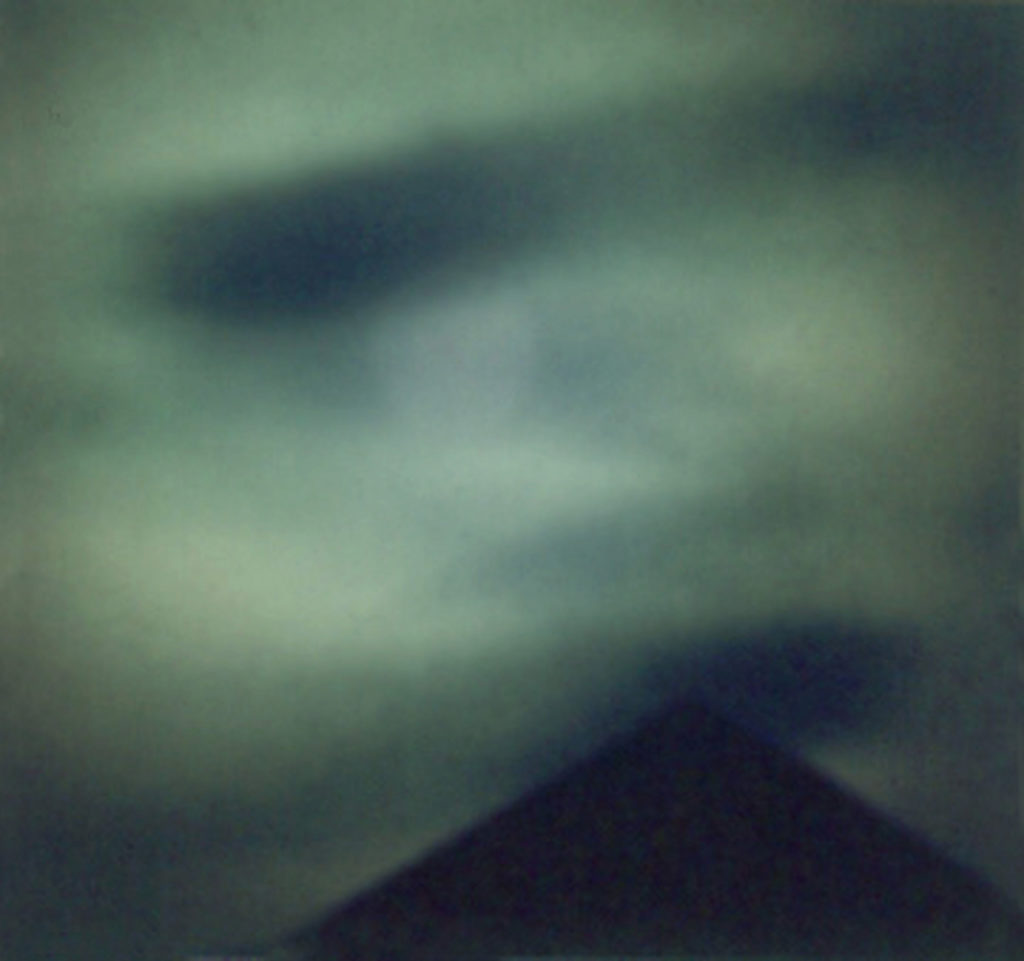
Photography as Greenhaus knew it was disappearing with the advent of digital and computerized images. As a result, he was forced to explore other means of producing his work. As far back as the |950’s, photography was starting to change. The companies that manufactured photographic materials removed the silver from film and paper products. They replaced it with plastic emulsions. Everything Greenhaus had done was based on a photography that had to do with film and silver emulsion photographic paper. All of these materials were steadily becoming unavailable. Greenhaus had to explore other means of expressing his vision.
Today, they have cameras that do not use film. All Greenhaus’ images are still made with black and white film and 50 year old, 35mm Nikons. In the 1970’s and 1980’s, Greenhaus started to make prints in other media – lithography, silk screen, etching and photogravure.
By the 1990’s, he had begun to explore the possibilities of the pigment print, and 19th century photographic processes such as platinum, palladium, gum and platinum gum prints. Greenhaus combined his vast experience in black and white gelatin silver printing with these assorted media and in so doing came up with new, exciting and powerful means of producing his images. He created new ways of using these processes in order to put his vision on paper.
“Lung Fu Mo Shi” – literally translated means “dragon tiger”
Power on top of power
Strength on top of strength
Bravery on top of bravery
lf you were Lung Fu Mo Shi, you laughed at life before swallowing it whole.
“Lung Fu Mo Shi” is an image taken from my series “Conversations” (with Trane) based on John Coltrane’s music.
Originally shot in black and white (2003), I added color to the image once I printed it, 2005.
These photographs are most like jazz improvisations in their pure spontaneity-only I’m speaking through my camera to Coltrane’s horn. In some respects it’s very much like the call and answer of gospel music or the collective coherent thinking and feeling in jazz improvisation… allowing the idea to express itself in communication with my camera, hands and feelingi in such a direct way that deliberation cannot interfere with capturing something that is experienced rather than merely seen or heard – by me and through me by the viewer.
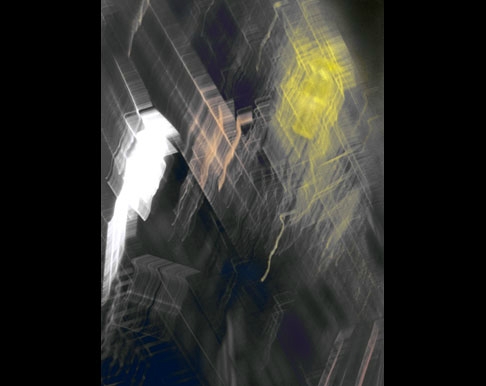
“Rokudo” – The six realms of re birth
The principal objective of Buddhists is to release the soul from the perpetual cycle of birth, death, and rebirth, known as Sarnsara. In Buddhism, this release of the soul, or Nirvana,is attained through the attainment of spiritual enlightenment, or an understanding of the true nature of all things…
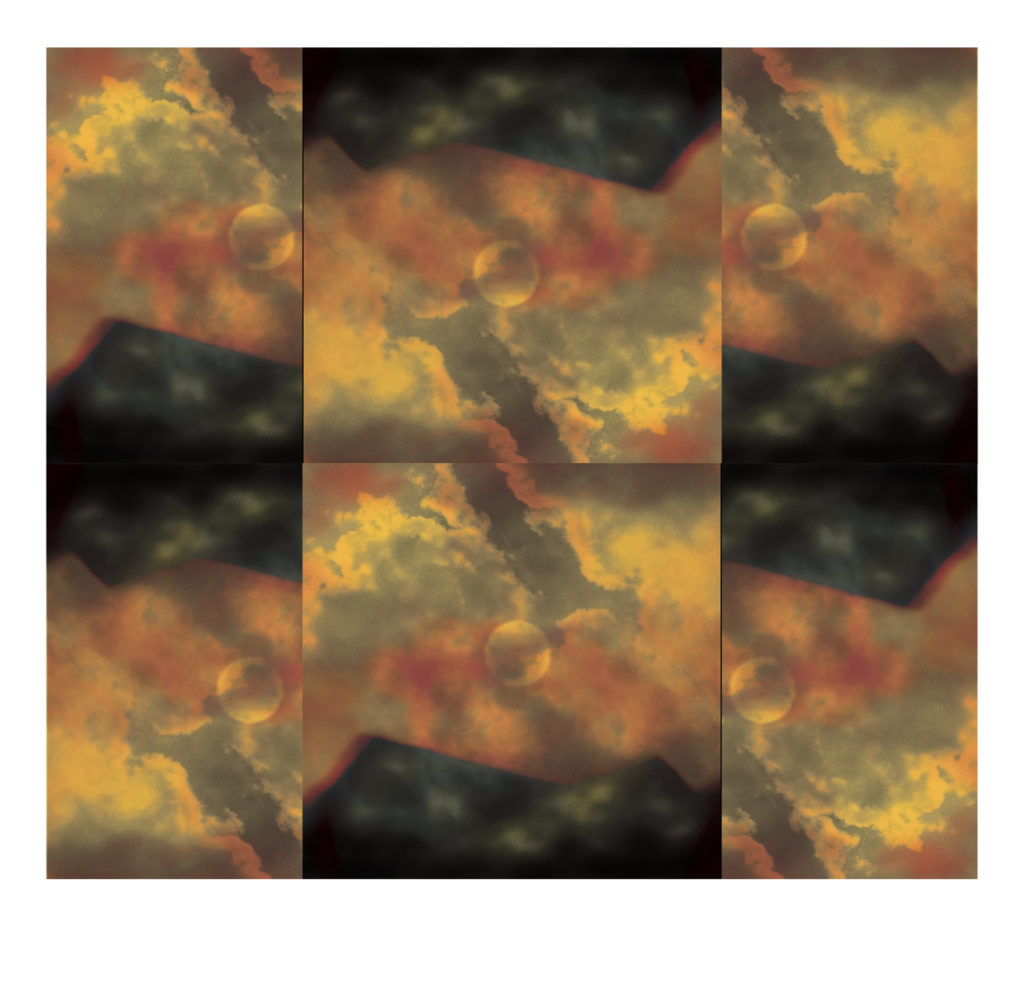
The principal objective of Buddhists is to release the soul from the perpetual cycle of birth, death, and rebirth, known as Sarnsara. In Buddhism, this release of the soul, or Nirvana, is attained through the attainment of spiritual enlightenment, or an understanding of the true nature of all things.
The images that make up this Pigment Print were originally shot in black and white. Donald created a new single image from five or more of these images. He did not turn black and white print into color. He made a black and white negative(s) into a color image. He created new color images as he worked on them on the paper – directly on the paper, just like a drawing or painting. This is the manner in which he created “Transformation.”
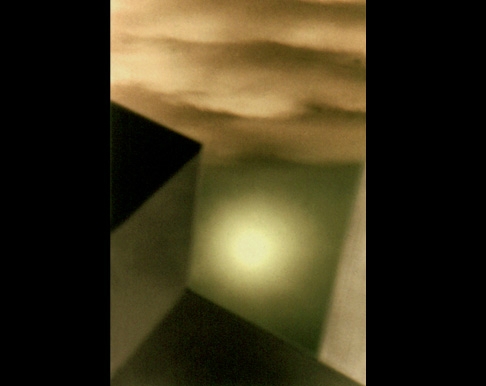

Shabobba® International, LLC.
1-816-746-7830
P.O.Box 29245
Kansas City, Missouri 64152 USA
info@shabobba.com
Legalized Notice: No part of this website or any of the images may be reproduced in any form or by any means, electronic or mechanical, including photography, computer recording or by any information storage and retrieval system or technologies now known or later developed without written permission from Dixie Henderson, Shabobba® International, LLC.
Attention Website Visitor: Should you see Donald Greenhaus’ works of art/photography elsewhere, please ask yourself, “Is this legal?” Shabobba ® International, LLC is the only legal seller of Donald Greenhaus’ work – worldwide.
Website Design by Jake Parrott Creative
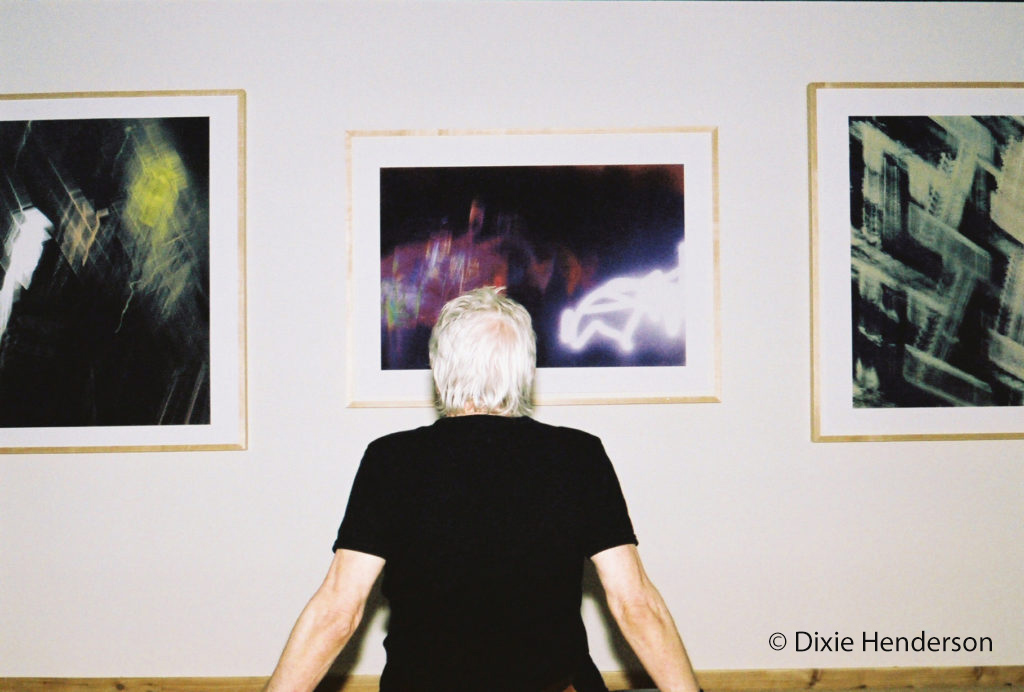
Shabobba® International, LLC.
1-816-746-7830
P.O.Box 29245
Kansas City, Missouri 64152 USA
info@shabobba.com
Fill out the form below, and we will be in touch shortly.
If interested, we invite Donald’s students to contact Shabobba® for a possible interview for an upcoming publication.